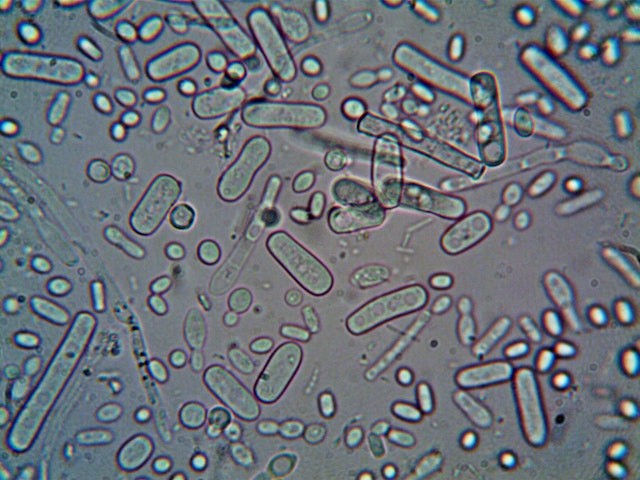A study led by the University of Bristols is making essential progress in developing synthetic cells called protocells, to more precisely represent the multifaceted compositions, structure, and living cell function.
According to a News-Medical.net report, scientists have harnessed the potential of bacteria to help construct advanced synthetic cells which emulate real-life functionality.
Scientists harness the potential of bacteria to help create synthetic cells with lifelike functionality https://t.co/yxRRMWSVRa
— KCON Science News (@KCONScienceNews) September 15, 2022
Establishing true-to-life functionality in protocells is a worldwide grand challenge that spans multiple fields, ranging from bottom-up synthetic biology and bioengineering to the origin of life research.
Previous attempts to model protocells utilizing microcapsules have fallen short, and therefore, the research team turned to bacteria to construct synthetic complexes employing a living material assembly process.
Bacteria Types Destroyed
According to Professor Stephen Mann, in front of the University of Bristol's School of Chemistry and the Max Planck Bristol Centre of Minimal Biology, together with colleagues Drs. Can Xu, Nicolas Martin, presently at the University of Bordeaux, and Mei Li, from the Bristol Centre for Protolife have presented a strategy for building highly complex protocols through the use of viscous micro-droplets filled with living bacteria as a microscopic building area.
The team exposed the empty droplets to two bacteria types. One population was spontaneously captured within the droplets, while the other was trapped at the droplet surface.
Then, both bacteria types were destroyed so that the released cellular components stayed trapped inside or on the droplets' surface to produce membrane-coated bacteriogenic protocells that contain thousands of biological molecules, machinery, and parts.
Protocells Generate Energy-Rich Molecules
In their research published in the Nature journal, the study investigators found that the protocells were able to generate energy-rich molecules, ATP, through glycolysis and synthesize RNA and proteins by in vitro gene expression, specifying that the inherited microbial components stayed active in the synthetic cells.
Further testing this technique's capacity, the team used a series of chemical stems to structurally and morphologically remodel the bacteriogenic protocells.

Scientists have harnessed the potential of bacteria to help construct advanced synthetic cells which emulate real-life functionality.
ALSO READ: Newly invented bacteria eats plastic
The released bacterial DNA was reduced into a single nucleus-like structure and the droplet interior infiltrated with a cytoskeletal-like network of protein filaments and membrane-bounded water vacuoles.
As a step toward the synthetic or living cell entity's construction, the study investigators embedded living bacteria into the protocells to produce self-sustainable ATP and long-term energization for gene expression, glycolysis, and cytoskeletal assembly.
Curiously, a Phys.org report said, the photo-living constructs have adopted an external morphology akin to amoeba because of onsite bacterial metabolism and growth to develop a cellular bionic system with integrated properties similar to life.
Bacteriogenic Approach
According to Professor Stephen Mann, the corresponding author of the study, achieving high functional and organizational complexity in synthetic cells is difficult, particularly under close-to-equilibrium conditions.
Hopefully, the author said, the present bacteriogenic approach will help to increase the current protocell models' complexity, facilitate the myriad biological components' integration, and allow the development of energized cytometric systems.
Relate information about artificial cells is shown in Anton Petrov's YouTube video below:
RELATED ARTICLE: CDC Confirms Cases of Melioidosis in Mississippi Gulf Coast Due to Burkholderia Pseudomallei Bacteria
Check out more news and information on Bacteria in Science Times.














